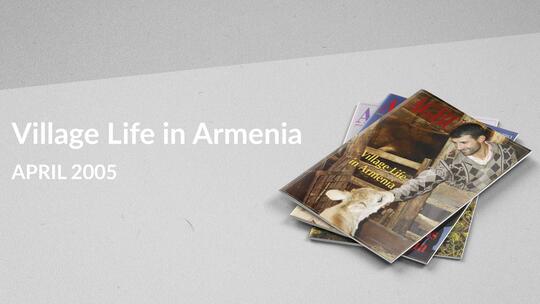by Arpi Harutyunyan
TAVUSH
Administrative center: Ijevan (population 20,200)
Education: 82 schools of general education, 14 schools of music and art, 3 institutes of higher education (1 private).
Healthcare: 13 out-patient polyclinics, 3 health centers and 7 hospitals.
Industry: Carpet making, woodworking, mining (limestone, clay, lithographic stone, dolomite).
Agriculture: 93,754 hectares, mostly producing grains.
In Ijevan, the governor of Tavush is asked a question about living conditions in her province.
